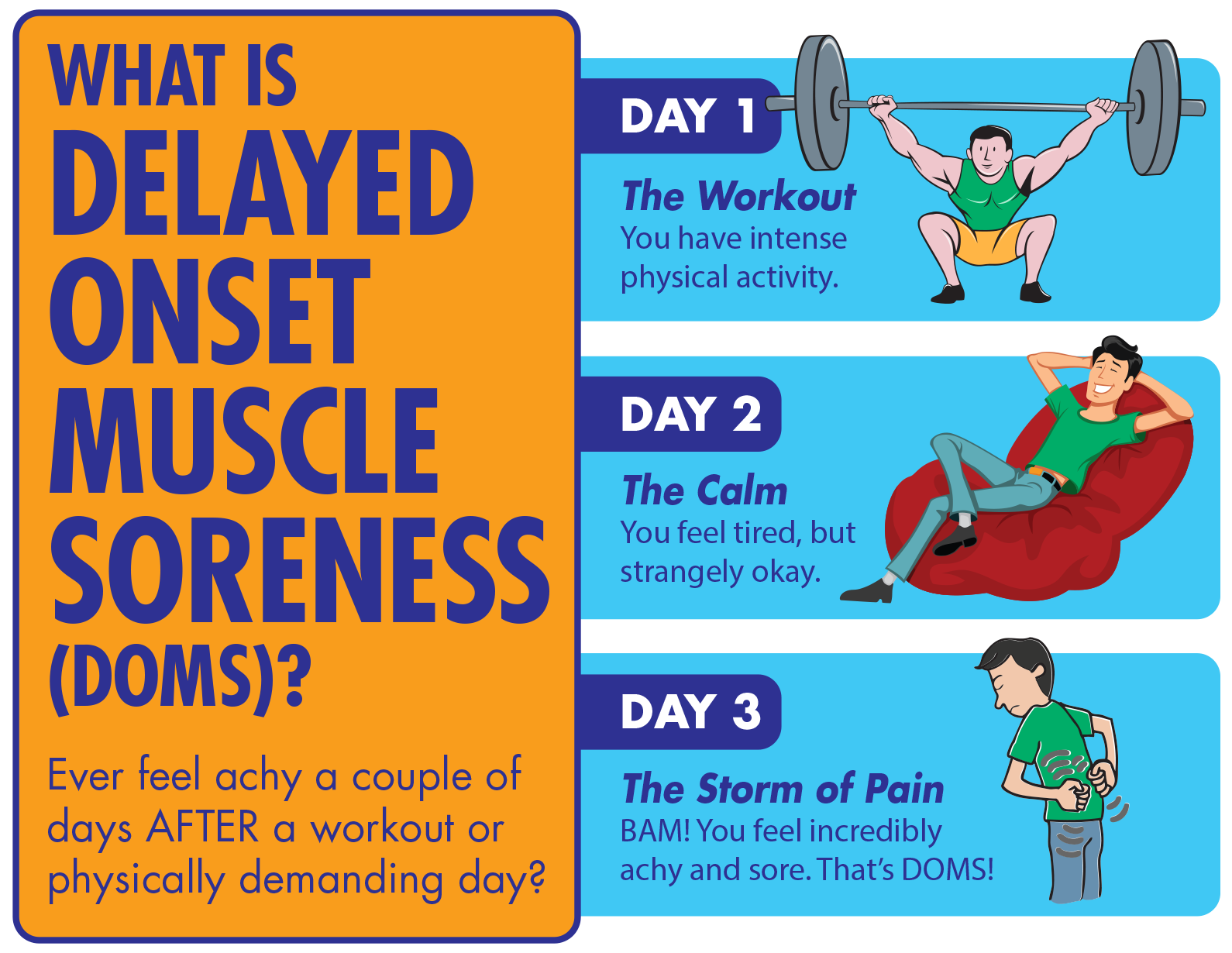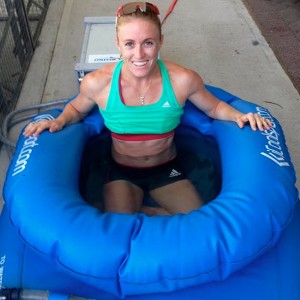Do you suffer from Delayed Onset Muscle Soreness (DOMS)- what can help?
What is Delayed Onset Muscle Soreness (DOMS)?
Almost everyone has experienced sore muscles 1-2 days after a new or heavier workout in the gym or training, an unaccustomed hill walk or run, or after that first game of the year, but do you know what causes that muscle pain?
 This muscle pain is called Delayed Onset Muscle Soreness (DOMS) and it usually comes on 24-48hours after unaccustomed physical activity. Evidence shows that DOM’s is usually more severe after eccentric exercise which is where muscle contraction happens while the muscle is lengthening out. This causes microdamage at the muscle fibre level and result in an exaggerated inflammatory reaction.
This muscle pain is called Delayed Onset Muscle Soreness (DOMS) and it usually comes on 24-48hours after unaccustomed physical activity. Evidence shows that DOM’s is usually more severe after eccentric exercise which is where muscle contraction happens while the muscle is lengthening out. This causes microdamage at the muscle fibre level and result in an exaggerated inflammatory reaction.
DOMS can occur in any muscle of the body that has recently been exposed to unfamiliar or intense physical activity.
Why it is DOMS worse 48 hours after the physical acvitiy bout? This because of the time-frame for the inflammatory process to peak and begin to repair the microdamage. Many hormones and chemicals are released by the body during this time to clean up the inflamed site and rebuild the microscopic tears that have occurred.
DOMS will often present at about 24hrs after the activity bout, peak at 48hrs and settle within 3days, but in some instances, it may take longer.
The good thing about DOMS is each time you experience it, your muscles will repair stronger to adapt to this stimulus, so take solace in the pain of DOMS that you are actually doing yourself some good. The caution with this is to not push your damaged muscles excessively in this period of damage (gentle activity is fine to help maintain mobility and movement), but wait until your muscle pain has settled before you engage in any demanding physical activity to ensure you don’t create a true injury.
What to do to help Delayed Onset Muscle Soreness (DOMS- or Exercise Induced Muscle Soreness)
A review and meta-analysis from Torres et al (2012) has evaluated the effectiveness of various physiotherapeutic interventions on exercise-induced muscle damage or delayed onset muscle soreness (DOMS).
The review looked at whether Massage, Icing, Stretching or Recovery Exercise can help reduce the soreness from DOMS and accelerate the recovery of reduced muscle strength that also comes with DOMS.
Take Home Messages
• Massage therapy following high-intensity & strength exercise may produce some mild improvements in muscle soreness and strength for exercise induced muscle damage.
• Cryotherapy (Icing) displayed mildbenefits at 24 hours only (not 1 or 4hrs post exercise). More research is being done to look at the effects of mutliple bouts of Cryotherapy (ie. Ice Baths).
• There was no evidence for the use of stretching or low intensity (recovery) exercise for muscle soreness or strength in exercise-induced muscle damage.
Read more about Recovery Strategies that can help you train and perform here
